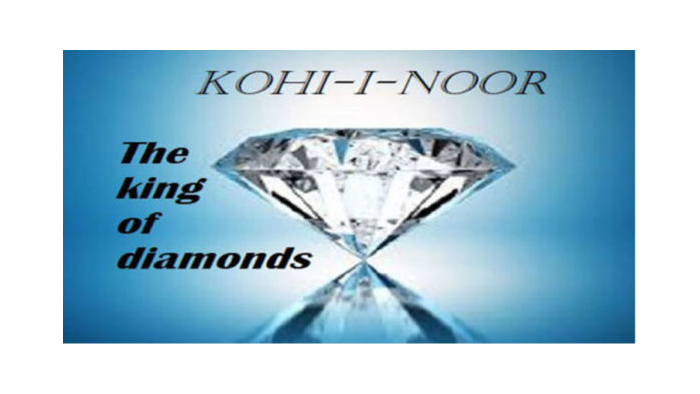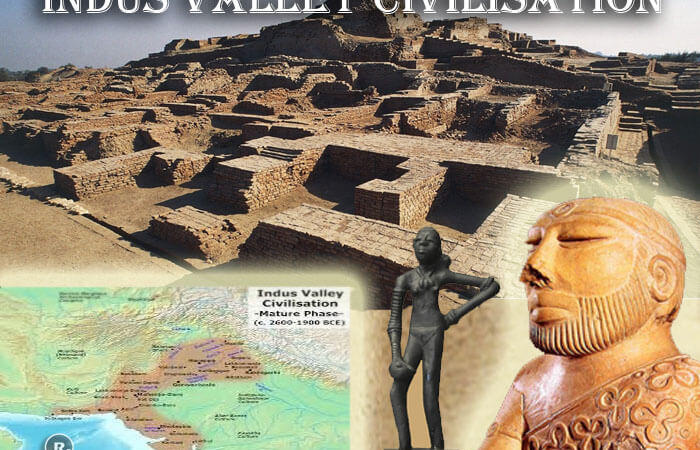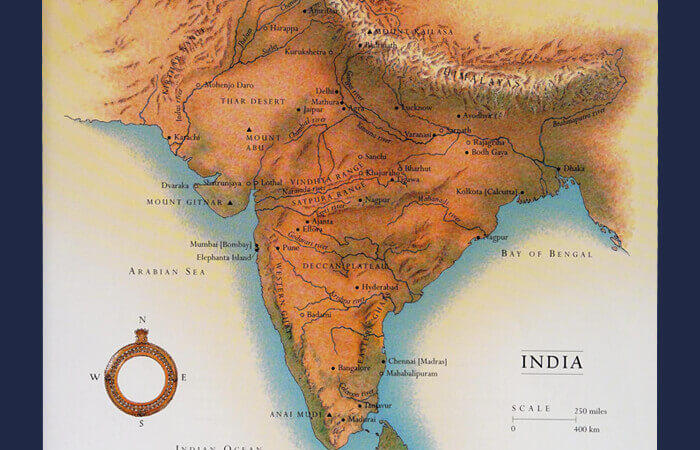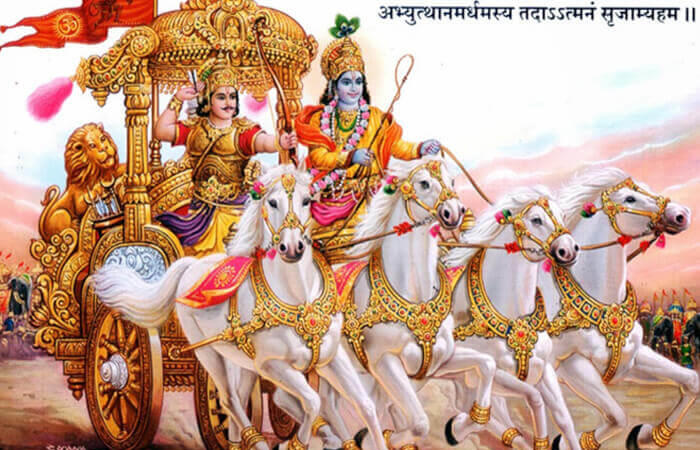Koh-i-Noor – The King of Diamonds

The Koh-i-Noor also spelled as Kohinoor and Koh-i-Nur is one of the oldest and most famous diamonds in the world. Koh-i-Noor is Persian for “Mountain of Light“.
A lot is written about India’s Kohinoor, some say it was gifted to the British by the heirs of Maharaja Ranjit Singh and some say that it was surrendered through Article three of the Treaty of 1849.
The truth seems that the heirs of Maharaja Ranjit Singh were forced to surrender and the diamond was forcibly taken from them. The Government of India stated in the Supreme Court that the diamond was gifted by the Sikh king to the British and hence it could not seek its return.
The governments of India, Pakistan, Iran, and Afghanistan have all tried to claim ownership of the Koh-i-Noor and demanded its return at various points in recent decades.
However, the stone’s early history is lost in the mists of time, and the British government insists the gem was obtained legally. The Indian Culture Ministry stated it would make “all possible efforts” to arrange the return of the gem to India.
History
The diamond of the kings was founded in the ancient mine of Kolar, situated on the right bank of the Krishna river in Karnataka. It is impossible to know exactly where and when it was found as many theories exist behind it.
The weight of this fabulous gem the ‘Koh-i-Noor’ in the Indian cutting was 186-1/16 of the old carats (191.10 metric carats), but after it had been re-cut in London in 1852 A.D. the weight was reduced to 108-1/3 metric carats. After recut, the Koh-i-Noor now weighed 108.93 carats, having lost 43 percent of its original weight.
It is believed that the diamond was mentioned in the Sanskrit script 5000 years ago. In 1526 Babur wrote about the famous diamond that weight over 187 old carats. The diamond was gifted to him by Sultan Ibrahim Lodi. It was later acquired by Alauddin Khalji. Shah Jahan, the fifth Mughal emperor, had the stone placed into his ornate Peacock Throne. Later his son and successor Aurangzeb possesses it. The Persian general Nadir Shah invaded Delhi and the Sultan of Delhi lost and surrender to Nadir. It was him that gave the diamond the current name Koh-i-Noor meaning “Mountain of light“.
Nadir was assassinated and the diamond went into the custody of Ahmad Shah Durrani. The descendant of Ahmad Shah, Shah Shuja Durrani brought Kohinoor back to India and gave it to Ranjit Singh (the founder of the Sikh Empire). In return, Ranjit Singh helped Shah Shuja get back the throne of Afghanistan.
In 1849 Punjab was conquered by the British forces, and the property of the Sikh Empire was confiscated. The Kohinoor was transferred to the treasury of the British East India Company in Lahore.
Later the Maharajah of Lahore surrendered the gem called Koh-i-Noor to the Queen of England. The diamond was handed to Queen Victoria in July 1850 and was exhibited at the Crystal Palace a year later. The diamond was not as shiny as other gemstones so the queen decided to reshape the diamond.
Queen Victoria wore the diamond occasionally afterward. After the death of Queen Victoria, the Kohinoor was set in the crown of Queen Alexandra and since then it is a part of the Crown jewels.
Presently the Kohinoor diamond is on public display in the Jewel House at the Tower of London, where it is seen by millions of visitors each year.






